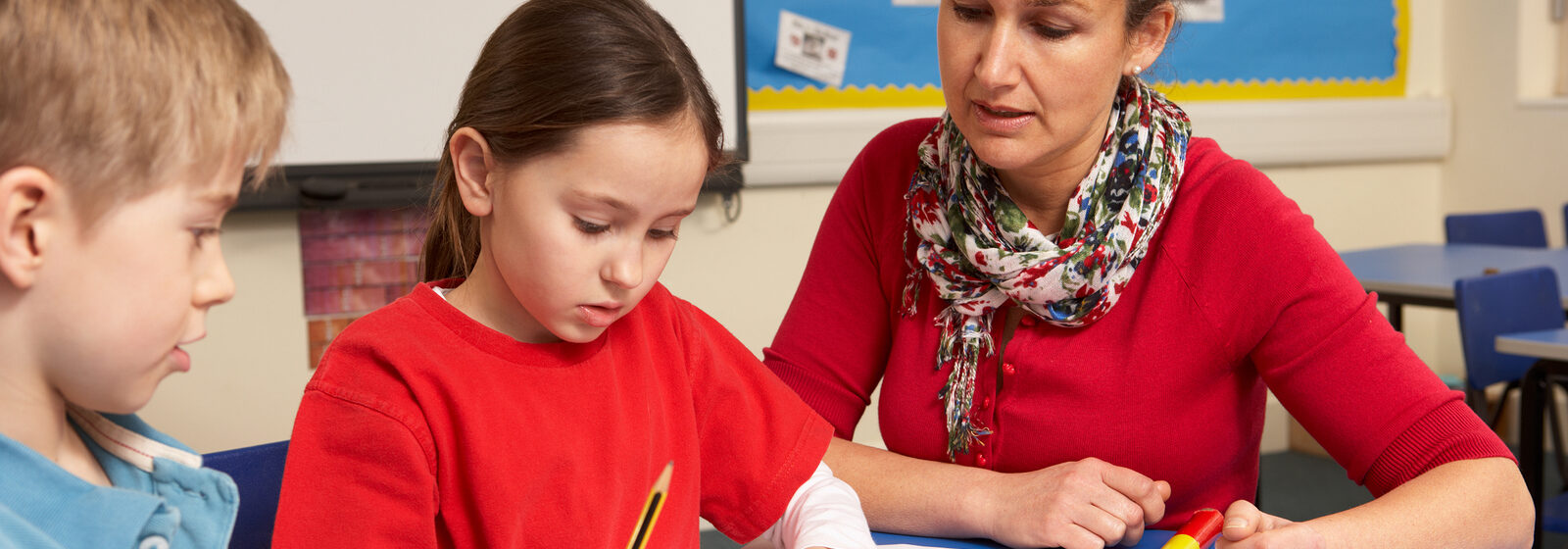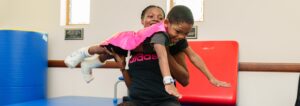Back to School: Posture Safety

Back to physical health resource hub
We typically think of injuries occurring from a specific moment such as twisting an ankle or falling on an arm funny, but many injuries are caused by a simple change in activity level. As kids transition from summer schedules to school, it is very possible they may have an overall change in activity level or demands on their bodies. Two potential areas to watch out for during this transition time are backpack posture and seated posture.
When wearing a backpack, children are carrying weight in way that is not very balanced for their bodies. With several books in a bag, a child is naturally pulled into a “leaning back” position, so they have to use their strength to maintain a normal, upright posture. Often times, kids will compensate in two ways to stay balanced in standing. They may hunch forward, or assume a “belly out” position where their hips shift forward beyond their toes. Either one of these positions may cause back pain, excessive fatigue, or general discomfort. You can help protect your child by making sure their straps are tightened appropriately so their bag’s bottom does not fall below their belt line and having them look at how they stand in a mirror with and without a backpack so they can get a better idea of how they are standing in each position. You also can help by ensuring your child uses both backpack straps, or crosses their trunk if they have a single strap bag.
The other big change transitioning to school would be the amount of time your child sits at a desk, whether at school or at home doing homework. Being in a seated position naturally makes it hard for anyone to maintain an upright, appropriate posture. Typically people slowly assume a more and more slouched posture. This can lead to back pain, neck pain, and changes at both the shoulder and core. Usually, telling a child repeatedly to “sit up!” only leads to frustration and does not long term good posture. I recommend focusing on set up for success instead using the following steps:
- Set up your child’s chair height so their rest on the ground directly below their knees and their knee angle is about 90 degrees.
- Set up both their desk height and arm rest height (if applicable) at a level that matches your child’s elbow height when they let their arms hang naturally at their side.
- If they are using a monitor, you want it set up so the top third of the screen is even with their eyes and is slightly tilted up. An ergonomic book stand is very helpful when your child is not using a computer.
- Finally, cue your child to scoot their chair closer to the desk, and scoot their hips backwards so they are more wedged into their chair.
For both of these posture challenges, it is always good to take movement breaks with your child at least once per hour. A nice sequence of movements to repeat a few rounds would be to reach for the sky, reach for your toes, and finish with light trunk twists.


